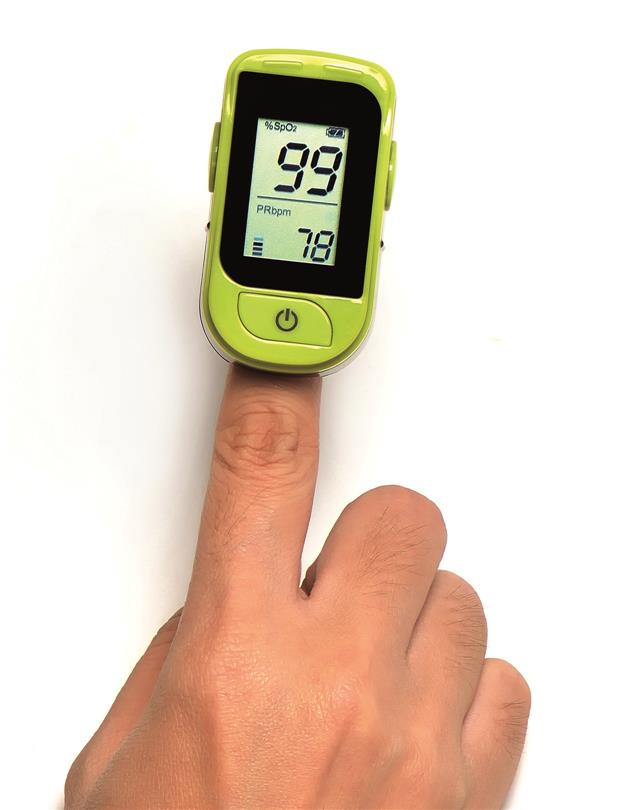

You do not need a prescription to buy a pulse oximeter. If the SpO2 levels are dropping below 90 percent, you will need hospitalization and inhalational oxygen as part of your treatment. If you are in the high-risk group (people with diabetes, hypertension, heart disease, etc) or if you are home-quarantined after testing positive for COVID-19 , it would be a good idea to have a pulse oximeter with you. This has in turn brought forward the importance of a pulse oximeter.

A gradual drop in oxygen saturation has been noticed in COVID positive patients.

This is being commonly dubbed as ‘Happy Hypoxia’. Moreover, some might experience confusion and even feel euphoric which cannot be directly linked to oxygen deprivation. Some patients may have low oxygen saturation and still have no symptoms.Īsymptomatic patients who have been found to have COVID-19 may be unaware of the SpO2 depletion if they are able to breathe just fine. This translates to respiratory distress, where the patient experiences shortness of breath, chest pain, rapid heartbeat, etc. In some patients who have tested positive for COVID-19, the infection can lead to fluid-filled air sacs, which in turn can lead to pneumonia. A low SpO2 is seen in patients who are suffering from respiratory distress, COPD, asthma, and anaemia among others. There are many reasons why one could have low oxygen saturation. Low SpO2 – how can a pulse oximeter help? Having dark nail-polish or cold extremities can show lower values of SpO2 than they actually are, so it is advised to remove any nail polish to avoid interference with the accuracy of the measurement. The values of SpO2 and pulse rate are displayed on the device.

Pulse oximeters usually need a fingertip to be inserted into the device, and held there for 6-10 seconds. It works by using infrared rays to measure the amount of oxygen (blood gas) present in the capillaries, most commonly in the fingertips. What is a pulse oximeter?Ī pulse oximeter is a non-invasive device that measures oxygen levels in the blood.
#PULSE OXOMETER PROFESSIONAL#
While doctors are divided about pulse oximeters for COVID-19, they do recommend that people with other symptoms immediately contact a health care professional to get a COVID test done. Any deficiency of oxygen can lead to adverse effects on the different organ systems that keep our body functioning normally. This process is very important to ensure the proper functioning of organs and tissues. Haemoglobin is a protein in the blood that carries oxygen to cells of the body. The virus that causes COVID-19, called SARS-CoV-2, causes a respiratory illness where patients often complain of shortness of breath and chest tightness apart from fever, cough, and fatigue among other symptoms. Doctors are not only devoting time to the frontline but also are being available online in order to tend to patients. So it must be our duty at this critical time to stay informed and safe at home – do our but to help flatten the curve.Īs cases surge, more people are sensitized to terms like ‘oxygen saturation’ and ‘pulse oximeter’ in the context of COVID-19 infection. The number of new coronavirus cases in India continues to rise by the day, and the healthcare system is overburdened with the consequences of the COVID-19 pandemic - not just for those infected, but also for the management of various non-COVID conditions and emergencies.


 0 kommentar(er)
0 kommentar(er)
